Once a thriving parish in the north-western corner of the old City of London, Cripplegate is a name that still lingers in street signs and ward boundaries – but little survives of the district that once bore it. Its story is one of deep antiquity, near-total destruction, and bold reinvention in the post-war era.
The name Cripplegate originates from one of the gates in the Roman London Wall, dating back to at least the 11th century. Theories about the name vary: some suggest it refers to “cripples” who gathered at the gate, seeking alms or healing; others point to an older Anglo-Saxon word crepel, meaning a covered passageway or tunnel. Whatever the origin, the area grew into a dense warren of streets, churches, halls, and homes – part of the medieval patchwork that made up the City.
By the 17th century, Cripplegate had developed into a busy and populous district. It was home to a mix of merchants, craftsmen, and nonconformists, many of whom had been drawn to the area after the upheavals of the Reformation. Remarkably, Cripplegate escaped the worst of the Great Fire of London in 1666, though it did suffer from other calamities over time, including outbreaks of plague and recurring urban fires.
The Second World War, however, changed Cripplegate forever. During the Blitz of 1940–41, the area was devastated by incendiary bombing raids. By war’s end, Cripplegate was little more than a ruin. Only a few buildings were left standing – among them, the shell of St Giles Cripplegate Church, a battered reminder of what once had been a thriving neighbourhood.
Rather than rebuild the district in its original layout, planners saw an opportunity for a complete reimagining. In the 1950s and 60s, the Corporation of London approved the construction of what would become one of the most ambitious post-war redevelopment projects in Britain: the Barbican Estate. Rising from the rubble, the Barbican replaced the bombed-out streets with high-rise flats, concrete walkways, and an arts centre that aimed to revive inner-city living for a new age.
In this transformation, Cripplegate didn’t vanish entirely. The Ward of Cripplegate still exists in the City’s governance system, and the St Giles church was carefully restored and reintegrated into the Barbican plan as its historic centrepiece. Streets like Cripplegate Street and Fore Street were rebuilt, though they now run between concrete towers instead of Georgian terraces.
Today, Cripplegate is no longer a neighbourhood in the traditional sense, but its name and legacy remain – embedded in the walls, stones, and names of the Barbican. It stands as a reminder of how London is constantly reshaped by disaster and renewal. What was once a medieval suburb outside the Roman wall has become a monument to both the past and the future—a place where layers of history coexist in stone, concrete, and memory.
Visit our Cripplegate page to see more of our vintage photos
Tags: Old Cripplegate photos, Vintage Cripplegate photography, Cripplegate canvas prints, Cripplegate history, Cripplegate stock photos, Vintage Cripplegate images, Cripplegate gift ideas, Old photos of Cripplegate, Old pictures of Cripplegate, Historic photos of Cripplegate, Retro Cripplegate prints, City of London history, Cripplegate post-war redevelopment, Barbican Estate history, Cripplegate wall art

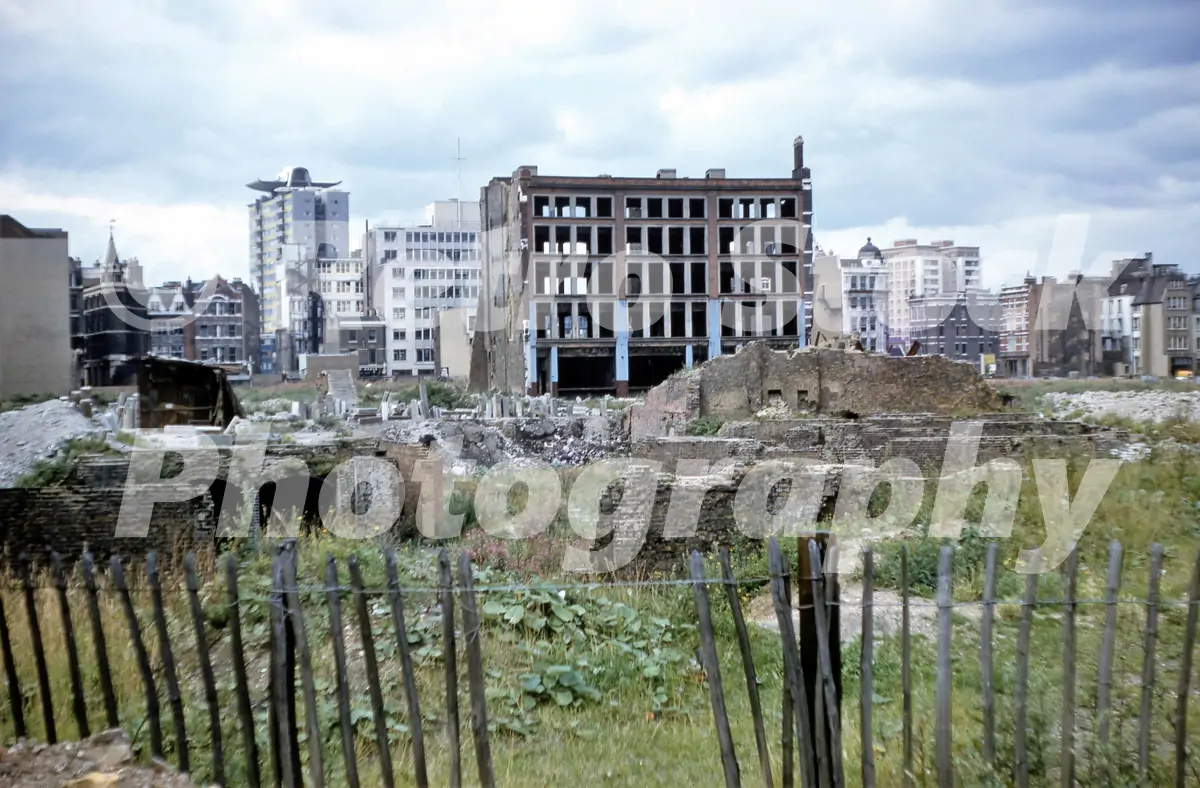
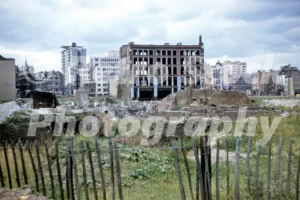

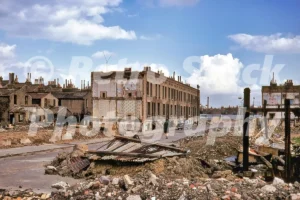
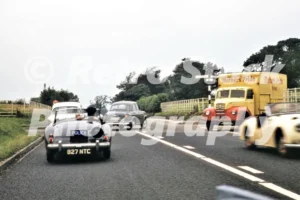
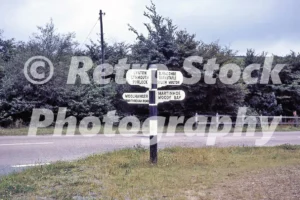
Reviews
There are no reviews yet.